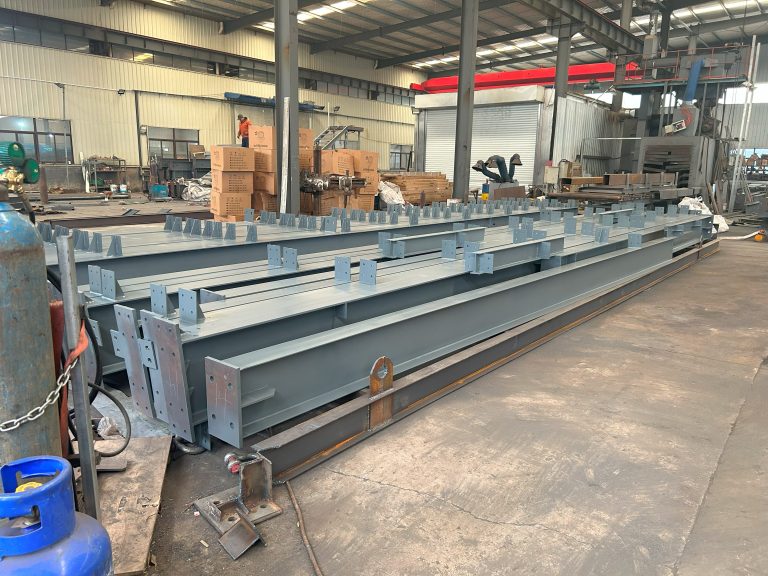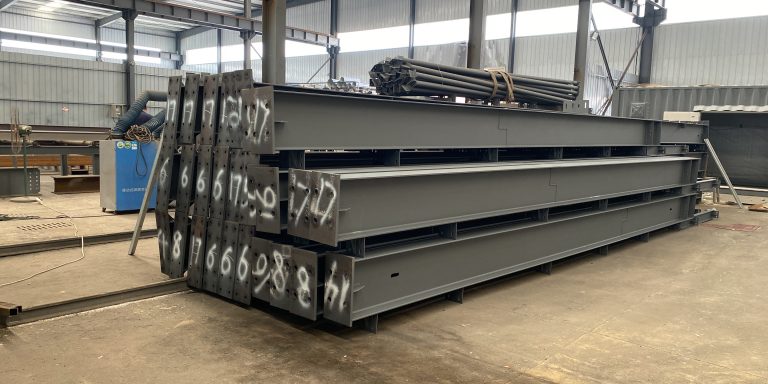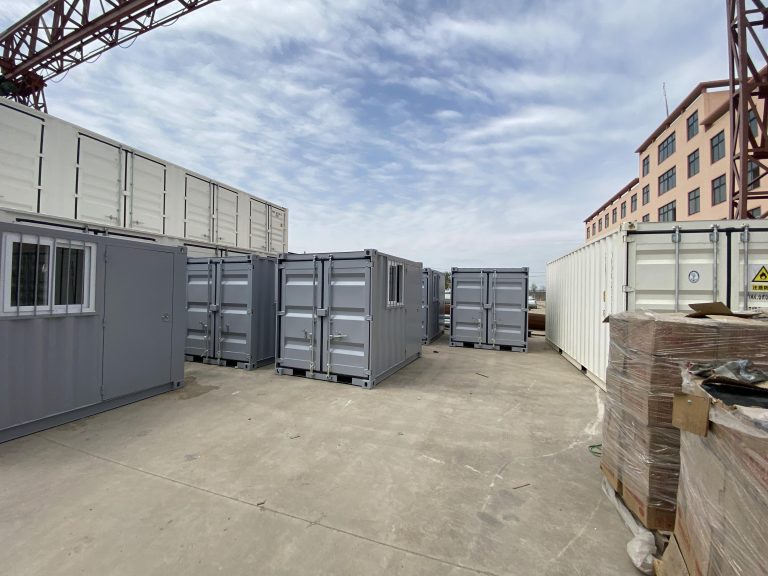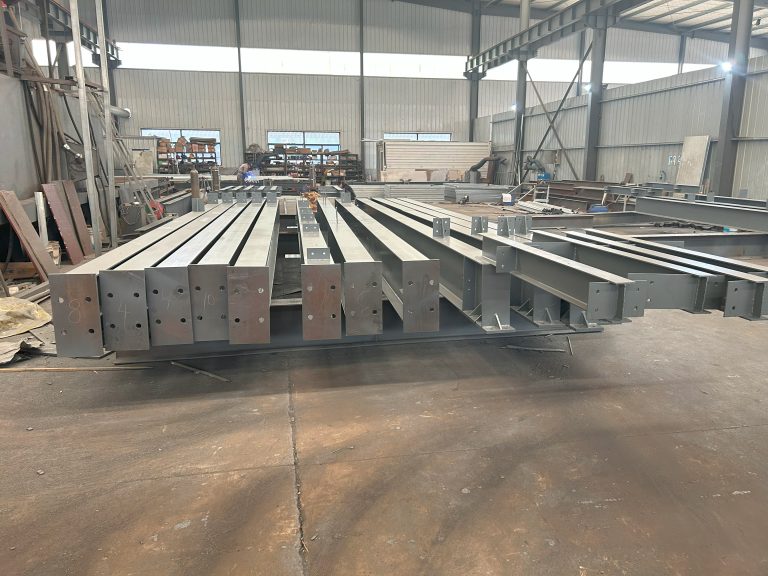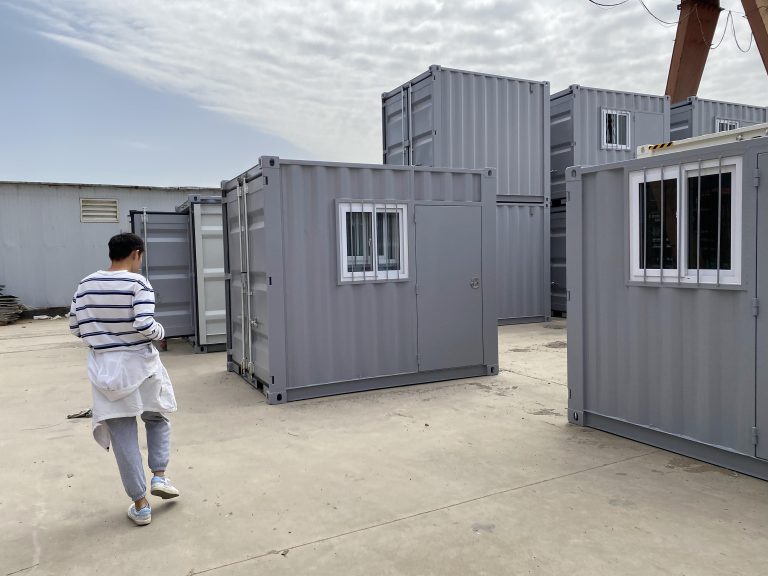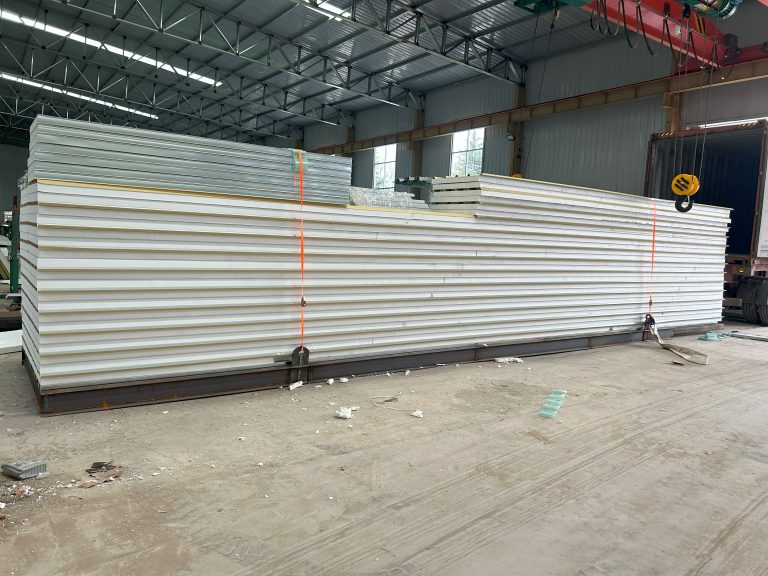Container house drug management and distribution system in temporary medical facility
Table of Contents
Benefits of Implementing a Container House Drug Management System in Temporary Medical Facilities
In temporary medical facilities, such as field hospitals or disaster relief centers, efficient drug management and distribution are crucial for providing timely and effective care to patients. One innovative solution that has been gaining popularity in recent years is the use of container houses for drug storage and distribution. This system offers numerous benefits that can greatly improve the overall efficiency and effectiveness of medical operations in temporary facilities.
One of the key advantages of implementing a container house drug management system is the ability to centralize and organize drug storage in a secure and controlled environment. By using a dedicated container house for drug storage, medical staff can easily access and manage a wide range of medications and supplies in one centralized location. This helps to streamline the drug distribution process and ensures that medications are readily available when needed.
Furthermore, container houses are designed to be portable and can be easily transported to different locations as needed. This flexibility is especially valuable in emergency situations where medical facilities may need to be set up quickly in remote or disaster-stricken areas. By using container houses for drug management, medical teams can ensure that essential medications are always on hand, regardless of the location or circumstances.
In addition to improving drug storage and distribution, container houses also offer enhanced security and protection for medications. These structures are typically equipped with advanced security features, such as lockable doors and surveillance systems, to prevent unauthorized access and theft. This helps to safeguard valuable medications and supplies, reducing the risk of loss or misuse.
Another benefit of using container houses for drug management is the potential for cost savings. These structures are often more affordable to set up and maintain compared to traditional brick-and-mortar buildings. By using container houses for drug storage, medical facilities can allocate their resources more efficiently and invest in other critical areas of patient care.
Moreover, container houses are designed to be durable and weather-resistant, making them ideal for use in challenging environments. Whether it’s extreme temperatures, high winds, or heavy rainfall, container houses can withstand a variety of weather conditions without compromising the integrity of the medications stored inside. This reliability ensures that medications remain safe and effective, even in the most demanding circumstances.
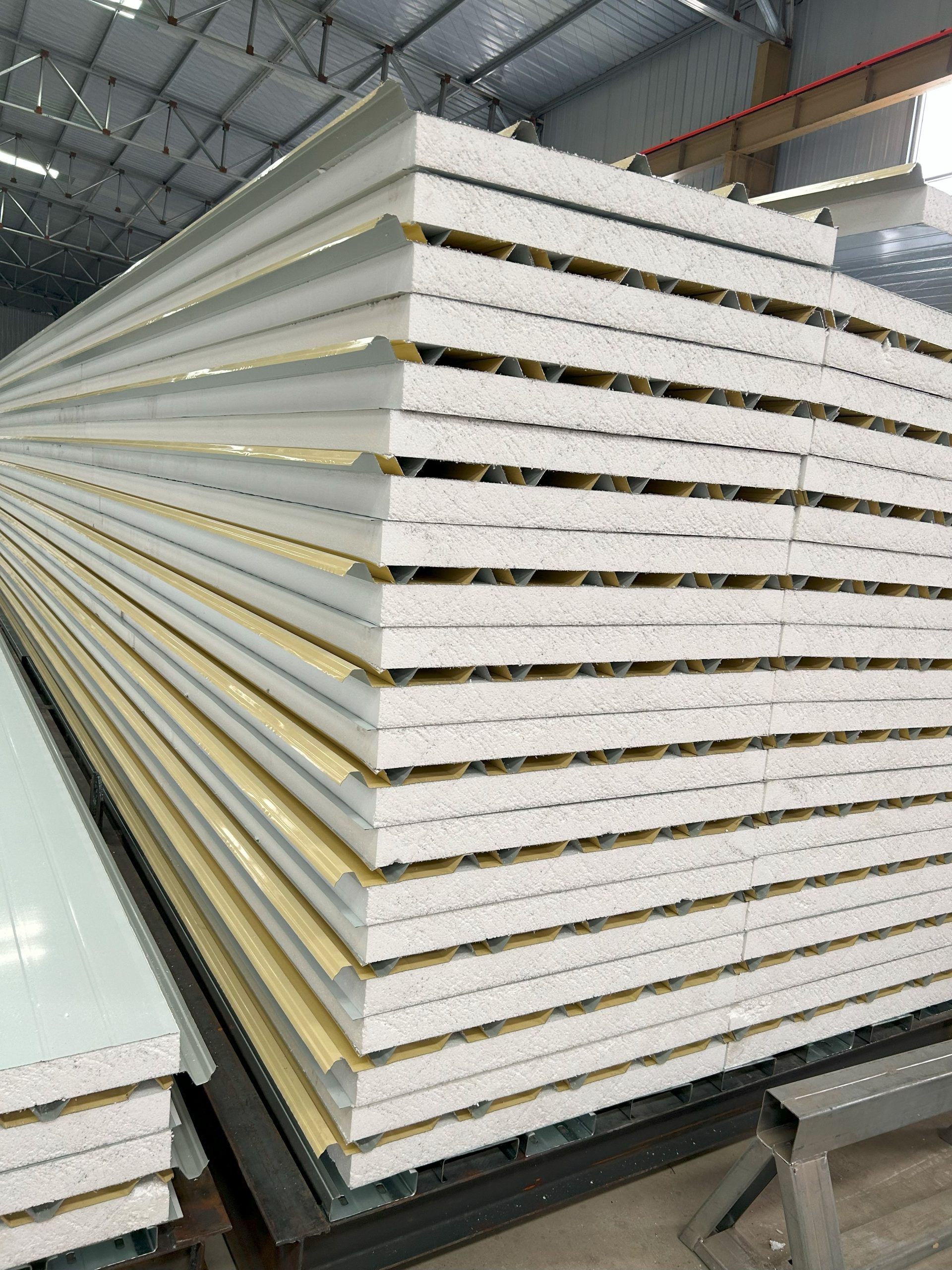
Overall, the implementation of a container house drug management system in temporary medical facilities offers a range of benefits that can significantly improve the quality of care provided to patients. From centralized drug storage and enhanced security to cost savings and durability, container houses provide a practical and efficient solution for managing medications in emergency situations. By leveraging the advantages of container houses, medical teams can ensure that patients receive the medications they need in a timely and effective manner, ultimately leading to better health outcomes for all.
Best Practices for Efficient Drug Distribution in Container House Medical Facilities
Container houses have become a popular choice for temporary medical facilities due to their versatility, cost-effectiveness, and ease of setup. These facilities are often used in disaster relief efforts, remote areas, or as overflow facilities during times of high demand. One of the key challenges faced by medical staff in these facilities is the efficient management and distribution of drugs to patients.
In order to ensure the smooth operation of a container house medical facility, it is essential to have a well-organized drug management and distribution system in place. This system should be designed to maximize efficiency, minimize errors, and ensure that patients receive the medications they need in a timely manner.
One of the first steps in setting up a drug management and distribution system in a container house medical facility is to establish clear protocols and procedures for ordering, storing, and dispensing medications. This includes creating a list of essential drugs that should be kept on hand at all times, as well as guidelines for how to order additional medications as needed.
It is also important to designate a specific area within the facility for storing medications. This area should be secure, well-organized, and easily accessible to medical staff. Medications should be stored according to their specific requirements, such as temperature control or light sensitivity, to ensure their effectiveness and safety.
In order to streamline the distribution of medications to patients, it is helpful to implement a system for tracking and documenting drug usage. This can be done through the use of electronic medical records or paper-based logs, depending on the resources available. By keeping accurate records of which medications are being dispensed to which patients, medical staff can ensure that patients receive the correct dosages at the appropriate times.
Another important aspect of drug management and distribution in a container house medical facility is the training of medical staff. All staff members should be properly trained in how to handle and dispense medications safely and accurately. This includes understanding proper dosages, potential side effects, and how to identify and report medication errors.
In addition to training, it is also important to regularly review and update the drug management and distribution system to ensure that it is meeting the needs of the facility. This may involve conducting regular audits of medication stock, reviewing protocols and procedures, and seeking feedback from staff and patients on ways to improve the system.
By implementing a well-organized drug management and distribution system in a container house medical facility, medical staff can ensure that patients receive the medications they need in a timely and efficient manner. This not only improves patient care but also helps to prevent medication errors and ensure the safety of both patients and staff.
In conclusion, efficient drug management and distribution are essential components of running a successful container house medical facility. By establishing clear protocols, organizing medication storage, tracking drug usage, training staff, and regularly reviewing and updating the system, medical staff can ensure that patients receive the medications they need when they need them. This ultimately leads to better patient care and a safer, more effective medical facility.

